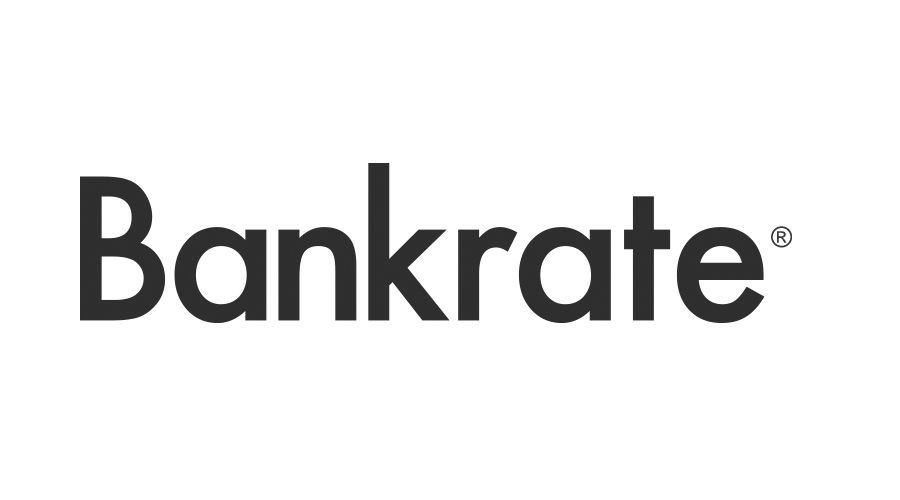What is the rule of 55 and how does it work?


Taking a distribution from a tax qualified retirement plan, such as a 401(k), prior to age 59 ½ is generally subject to a 10 percent early withdrawal tax penalty. However, the IRS rule of 55 may allow you to receive a distribution after attaining age 55 (and before age 59 ½) without triggering the early penalty if your plan provides for such distributions.
The distribution would still be subject to an income tax withholding rate of 20 percent, however. (If it turns out that 20 percent is more than you owe based on your total taxable income, you will get a refund after filing your yearly tax return.)
It’s important to note that the rule of 55 does not apply to traditional or Roth IRAs.
Should you take advantage of the rule of 55 to take an early distribution?
Many companies have retirement plans that allow employees to take advantage of the rule of 55, but your company may not offer the option.
“401(k) and 403(b) plans are not required to provide for rule of 55 withdrawals, so don’t be surprised if your plan does not allow this,” says Paul Porretta, a compensation & benefits attorney at Troutman Pepper, a law firm based in New York, NY.
“Many companies see the rule as an incentive for employees to resign in order to get a penalty-free distribution, with the unintended consequence of prematurely depleting their retirement savings,” he says.
If the following statements apply to your situation and retirement plan, then the rule of 55 may be a good option for you.
- Your company’s plan offers a 401(k) or 403(a) or (b) that allows rule of 55 withdrawals. Some plans prohibit withdrawals prior to age 59 ½ or even 62.
- You leave a position (voluntarily or involuntarily) in or after the year you turn 55 years old.
- You are a qualified public safety worker (police officer, firefighter, EMT, correctional officer or air traffic controller) with a qualified plan that allows withdrawals in or after the year you turn 50 years old.
- You understand that taking early withdrawals means forfeiting any gains that you might otherwise have earned on your investments.
- You fully understand that your funds must be kept in the employer’s plan before withdrawing them. If you roll them over to an IRA, you lose the rule of 55 tax protection.
- You can wait until the start of the next calendar year to begin rule of 55 withdrawals when your taxable income should be lower if you are not working.
However, as with any financial decision, be sure to check with a trusted advisor or tax professional first to avoid any unforeseen consequences.
If the following statements apply to your situation, then the rule of 55 is probably NOT right for you:
- The amount of your income for the year in which you begin the withdrawal plus the early withdrawal will put you into a higher marginal tax bracket.
- Your plan requires a one-time lump sum withdrawal, which may force you to take more money than you want and subject you to ordinary income tax liability. These funds will no longer be available as a source of tax-advantaged retirement income.
- You want to leave your current employer before a year in which you turn 55 and start taking withdrawals at age 55. Note this is NOT allowed and you will be assessed the 10 percent early withdrawal penalty.
Other important considerations
If you’re considering taking a rule off 55 withdrawal, you’ll also want to consider a few other things:
- If you have funds in multiple former employer plans, the rule applies only to the plan of your current/most recent employer. If you have funds in multiple plans that you want to access using the rule of 55, be sure to roll over those funds into your current employer’s plan (if it accepts rollovers) BEFORE you leave the employer.
- Funds from IRA plans that you might want to access early can also be rolled into your current plan (while still employed) and accessed that way.
- If you so choose, you can continue to make withdrawals from your former employer’s plan even if you get another job before turning age 59 ½.
- Be sure to time your withdrawals carefully to create a strategy that makes sense for your financial situation. Withdrawing from a taxable retirement account during a low-income year could save you in taxes, particularly if you believe your tax rate may be higher in the future.
“Bear in mind that the only real advantage of the rule of 55 is avoiding the 10 percent penalty,” says Porretta. “Meanwhile, the tax deferral is sacrificed, which may turn out to be more valuable if other financial resources that are not tax-qualified can cover expenses for the coming years, allowing you to save the 401(k)/403(b) distribution until later years.”
Other 401(k) early withdrawal exceptions
You may be able to access your retirement plan without a tax penalty in a few other ways, depending on your circumstances.
There is an exception called the 72(t) option which allows withdrawals from your 401(k) or IRA at any age without any penalty. This option is called SEPP (Substantially Equal Periodic Payments), and these payments are not subject to the 10 percent early withdrawal penalty. Once these distributions begin, they must continue for a period of five years or until you reach age 59 ½, whichever comes later.
Other circumstances that exempt you from the early withdrawal penalty include:
- Total and permanent disability
- Distributions made due to qualified disasters
- Certain distributions to qualified reservists on active duty
- Medical expenses exceeding 10 percent of adjusted gross income
- Withdrawals made to satisfy IRS obligations
But the IRS offers still other exceptions to the early withdrawal penalty.
Bottom line
If you can wait until you turn 59 ½, withdrawals after that age are not typically subject to the 10 percent IRS tax penalty. However, if you are in a financially safe position to retire early, the rule of 55 may be an appropriate course of action for you.
But if you have no other choice but to begin withdrawals at age 55 until you can get another position, start a business or create income in other ways, the rule of 55 may be just the short-term lifeline you are looking for.
Enjoy this complimentary download: Work smarter, not harder
Work Smarter, Not Harder (GRA BLOG)
source article: https://www.bankrate.com/retirement/rule-of-55/
